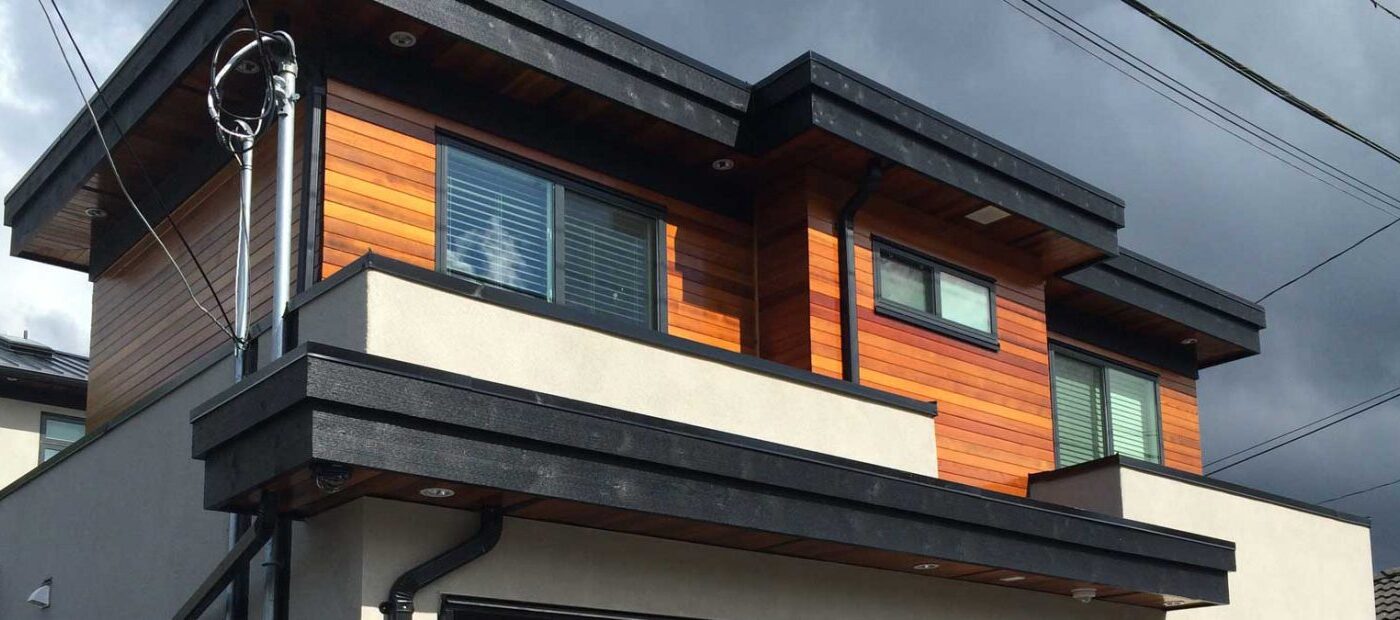Ask anyone: renting a home in Vancouver is not easy. Rental properties are increasingly in demand and the demand outweighs the supply. According to the Western Investor, two-bedroom rentals were up 7.7 per cent in May, 2021, averaging $2,760 per month. That makes building a rental property an attractive option and it has encouraged many Vancouverites to build a laneway home as a mortgage helper, pension booster or second income.
Consider Your Options
Laneway housing is not only for the rental market. With the increase in property prices, more home buyers are considering laneway housing as an affordable home purchase, and they offer a great alternative for many current homeowners who want to downsize. In British Columbia, laneway homes fall under the category of infill housing, “housing that “fits within” an existing neighbourhood without significantly altering its character or appearance.”
However, as with all home additions or renovations, there are rules and regulations that govern the type and the size of the build to ensure it meets the requirements of the local bylaws. This means that, if you are considering building a laneway home, you must ensure the laneway house design meets local zoning requirements and bylaws.
Laneway House Design
There is no doubt that a laneway house is a great investment, but each municipality has different regulations and building codes and it’s important to check into the bylaws to determine if your property can legally support a laneway home. In Lethbridge, a city bylaw states that a laneway house must have three parking spots available on the site of both the primary house and laneway home. In Vancouver, a minimum of one designated parking spot must be provided.
A laneway home typically varies in size from 550 sq. ft to 900 sq. ft. The maximum allowable unit size is based on lot size. In Vancouver, the size is limited to a maximum of 900 sq. ft. Both single and 1½ storey configurations are possible, but there are guidelines on privacy and shadowing that must be followed.
Once you have determined that you can proceed with the new build, you will need to plan the size, design and how it is going to be built. For example, if you have mature trees on the property, or neighbouring trees that impact how you build, concrete footings may not be an option but screw piles can be used instead. If one wall of your laneway house does not accommodate windows, skylights could be the answer. You may encounter many obstacles during the design and build process but, fortunately, with a little professional help, there is often a solution.
The ROI On A Laneway House
If you want to know just how much a laneway house can save you each month, just take a look at this example from Mortgage Crusher. The mortgage payments on a 3 bedroom home and land purchased for $250,000 at 2.99% interest, amortized over 25 years, with a 5% down payment, will be $1,168 per month.
If the construction cost of the laneway house is $220,000, the total purchase is $470,000. At 2.99% interest, amortized over 25 years with a 5% down payment, the monthly payment is now $2,195.
But, if the buyers live in the laneway house and rent out the 3 bedroom home for $1500 per month, their portion on the mortgage payment is now $695 per month. Over five years, this allows them to save $28,380 over the next 5 years.
If you think you don’t have the space to build a laneway home, think again. Do you have an unused garage, dilapidated workshop, or unused section of driveway? You may be surprised at how little space you need to build a small home. Today, mini homes are not only attractive, they’re also an affordable housing solution for many young people who work in the city.
